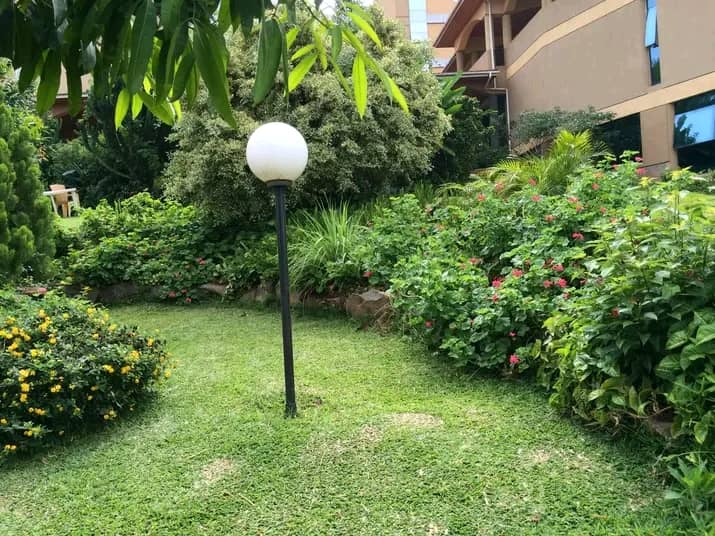
🌱 Beyond Green: The Future of Landscaping is Regenerative, Smart, and Personal
Reimagining Outdoor Spaces in 2025 and Beyond
In 2025, landscaping is no longer just about beautifying spaces — it’s about healing environments, enhancing human well-being, and adapting to a changing climate. Welcome to the era of regenerative landscaping, where nature isn’t just imitated — it’s integrated, nurtured, and restored.
Whether you're a homeowner, designer, or urban planner, here’s how you can embrace the boldest, most impactful trends shaping outdoor spaces today.
🔄 1. Regenerative Landscaping: Healing the Earth, One Yard at a Time
Forget ornamental gardens that serve only the eye. The new standard is ecological restoration — landscapes that rebuild soil health, sequester carbon, and support local ecosystems.Key Elements:
- Native biodiversity planting
- No-dig gardens that preserve soil microbiomes
- Compost-integrated design for zero waste
- Microclimate zones that regulate temperature naturally
— David Alicha, UgandaRoyal Landscape
💡 2. AI-Powered Design: From Concept to Completion
Design meets intelligence with tools like AI-generated garden plans, drought forecasting models, and augmented reality (AR) apps that let you preview your design in 3D.Emerging Tools:
- AR landscape simulators for real-time visualization
- Plant selection AI that analyzes soil, sun, and season
- Irrigation sensors + AI timers for water optimization
🧘♀️ 3. Wellness-Centric Landscapes: Designing for the Senses
The rise of biophilic design in architecture is influencing landscapes too. Outdoor spaces are becoming sanctuaries — designed to soothe the senses and restore the spirit.Features Gaining Popularity:
- Scent trails using aromatic plants like lavender, rosemary, and lemon balm
- Sound gardens with wind chimes, water features, and native birds
- Tactile zones for sensory gardening (great for therapy)
- Outdoor meditation platforms, yoga decks, and hammock groves
🔥 4. Fire-Wise and Flood-Resilient Design: Landscapes That Protect
Extreme weather is now part of the design brief. Landscaping in 2025 is deeply adaptive — structured to resist wildfires, floods, and drought.Smart Risk Mitigation Tactics:
- Permeable pavers to absorb stormwater
- Rain gardens and bioswales
- Firebreaks using stone, gravel, and fire-retardant plants
- Greywater systems for water recycling
🌍 5. Edible + Edgy: The Rise of Foodscaping
Why separate beauty from bounty? Today’s gardens are multi-functional ecosystems — merging ornamental style with edible productivity.What’s Trending:
- Fruit-tree hedges as privacy screens
- Vertical herb walls
- Companion planting for pest control without chemicals
- Forest gardens with layers of edibles (canopy, understory, ground)
💬 Final Thought: Landscapes as Living Narratives
Your outdoor space isn’t just a backdrop — it’s a story. One that can reflect who you are, how you care for the Earth, and how you live in harmony with the seasons.In 2025, the best landscapes aren’t the most expensive. They’re the most intentional, resilient, and alive.

